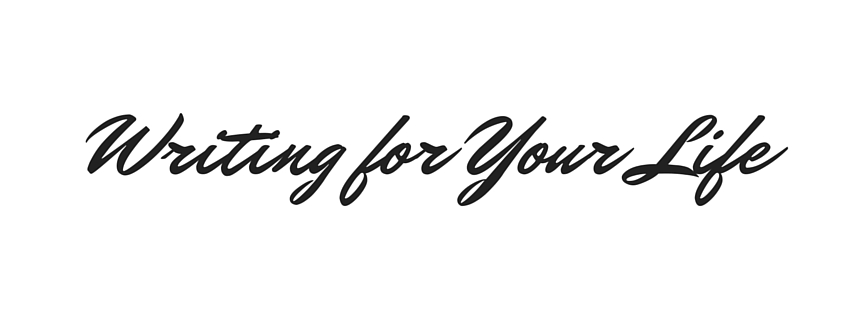Christian art? Art is art; painting is painting; music is music; a story is a story. If it’s bad art, it’s bad religion, no matter how pious the subject. If it’s good art…. And there the questions start coming, questions which it would be simpler to evade.
In college I read some aesthetics: Plato, Aristotle; a great chronological jump to Lamb, Coleridge, Wordsworth, Pater, Ruskin. Plato spoke of the necessity for divine madness in the poet. It is a frightening thing to open oneself to this strange and dark side of the divine; it means letting go of our sane self-control, that control which gives us the illusion of safety. But safety is only an illusion, and letting it go is part of listening to the silence, and to the Spirit.
Plato also wrote – and I lettered this in firm italic letters and posted it on my dorm-room door – All learning which is acquired under compulsion has no hold upon the mind.
I’m not sure he was right there. During my school and college years I learned a good bit under at least moderate compulsion. I’d never have taken math or science had they been optional 9but I enjoyed the poster on my dormitory door!)
What I remember from Ruskin is the phrase the cursed animosity of inanimate objects, which I mutter under my breath when I get in a tangle of wire coat hangers. I also wonder if there is any such thing as an inanimate object.
From Coleridge comes the phrase the willing suspension of disbelief, that ability to believe which is born firmly in all children, and which too often withers as we are taught that the world of faerie and imagination is not true.
Aristotle reinforces Coleridge when he writes, That which is impossible and probable is better than that which is possible and improbable.
Not long after I was out of college I read Leo Tolstoy’s What Is Art? I approached it with reverence and hope. Surely this great writer would provide me with the definitive definition, would show me all the answers. He didn’t, and I was naive to expect him to. Generally what is more important than getting watertight answers is learning to ask the right questions.
What do they have in common, all these people I read in college and thereafter? All men, and all dead. Their distance from us in chronology seems to give them overwhelming authority. But they were not dead when they wrote, and they were as human as the rest of us. They caught colds in damp weather and had occasional pimples in adolescence. I like to think that they enjoyed making love, spending an evening with friends, tramping through the woods with the dogs. The fact that they were men simply speaks for their day when women may have been powers behind the throne, but they were kept behind it.
Whatever possessed these writers to sit down and write their views on the creative process? Maybe they were prodded, as I have been, and Maybe at least a few of them hesitated at the presumption of it.
From “Walking on Water” by Madeleine L’Engle
